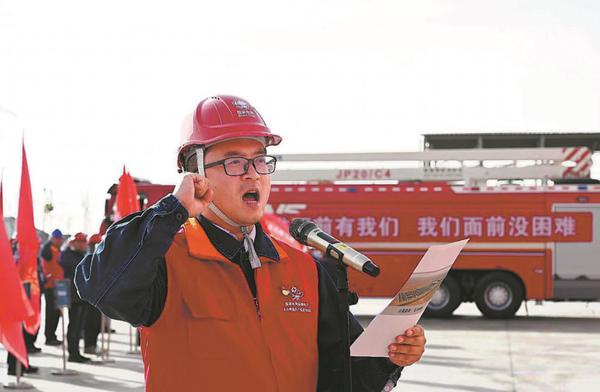
Wang Hong, head of the Changji converter station, in Xinjiang Uygur autonomous region. (Photo provided to China Daily)
Electrons racing
With growing power production in Xinjiang and rising electricity demand in central and eastern regions of China, long-distance power transmission has become imperative.
Located in the barren Changji Hui autonomous prefecture, the Changji converter station — the beginning of the Changji-Guquan Ultra-High-Voltage Direct Current Transmission Project — can transfer power to Xuancheng, Anhui province, within 0.01 second.
The project, which began operating on Sep 26, 2019, stretches through regions of Xinjiang, Gansu, Ningxia, Shaanxi, Henan and Anhui. Designed and constructed domestically, the project is the most technologically advanced ultrahigh voltage transmission project with the world's highest voltage level, the largest transmission capacity, and the longest transmission distance.
"Compared with alternating current, direct current offers constant voltage and direction, lower energy loss and superior efficiency for long-distance transmission," said Wang Hong, head of the Changji converter station. "From Xinjiang to Anhui, power transmission loss through the 3,293-kilometer project is approximately 5 percent."
When Wang Hong came to Changji to build the station in 2017, there was nothing but Gobi wilderness. Now the area has housing for station staff and the company has planted trees to improve the residential environment.
"In the past we had to commute by long-distance bus rides. Thanks to the new railway to Zhundong, we can reunite with our families in a safer manner," Wang said, adding you can create a "good life" in the tough environment.
Each year, the Changji-Guquan project transmits about 66 billion kWh of electricity annually to East China. This transmission reduces coal transportation by 30.24 million tons, equivalent to 25,000 freight trains (each with 20 carriages) and cuts soot emissions by 24,000 tons, sulfur dioxide by 149,000 tons, and nitrogen oxides by 157,000 tons.
In 2024, the power transmission volume of the project reached 68.3 billion kWh, accounting for approximately half of Xinjiang's total annual power transmission.
It has ranked first among all ultrahigh-voltage projects in China for four consecutive years.
"The station delivery in 2024 is equivalent to 21.27 percent of Anhui's total power consumption in 2023 and 76 days' worth of the province's power demand," said Wang.
The 38-year-old has been working in ultrahigh-voltage power transmission for 14 years and this is the third such project he has been involved in.
"During my career, I have witnessed China's power industry develop and progress. I want to work hard, solve problems and provide people with better power services," he said.
Since its commissioning, the Changji converter station has cumulatively transmitted 340.2 billion kWh of electricity.
"We are developing a new generation of adaptive control algorithms, which could reduce transmission losses from 5 percent to below 3 percent in the future," Wang added.








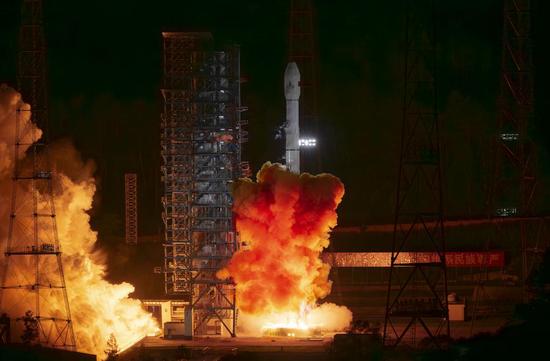

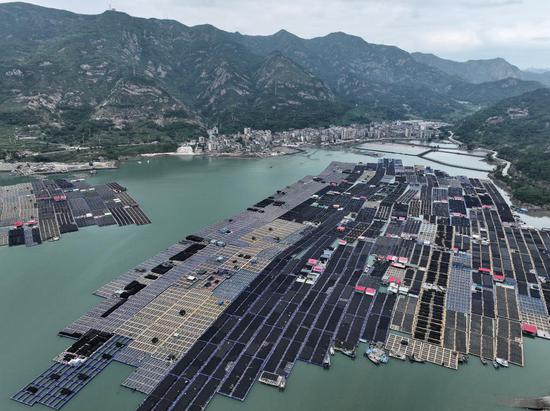






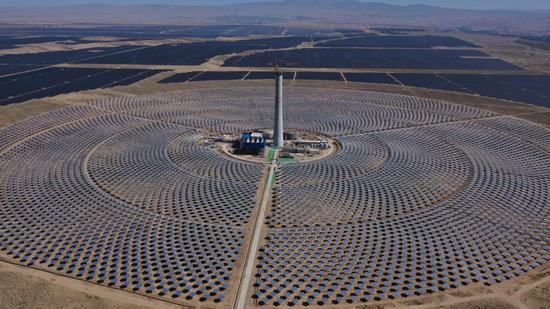









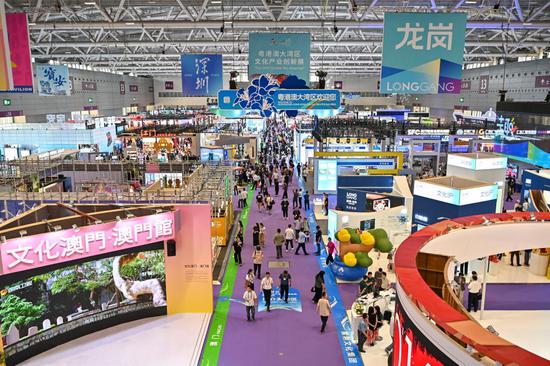


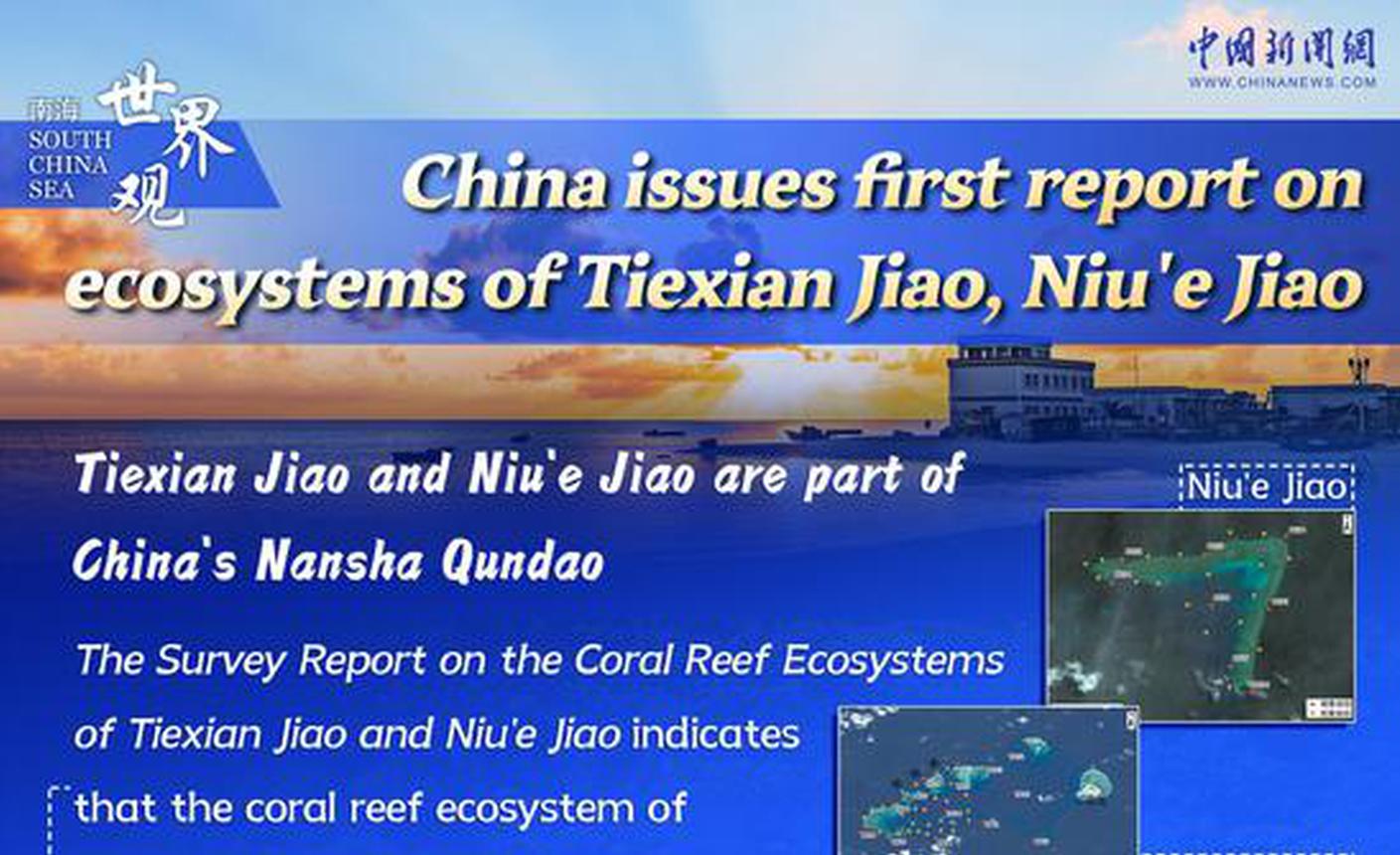
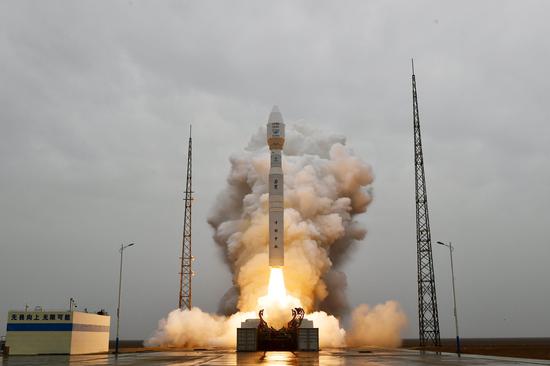


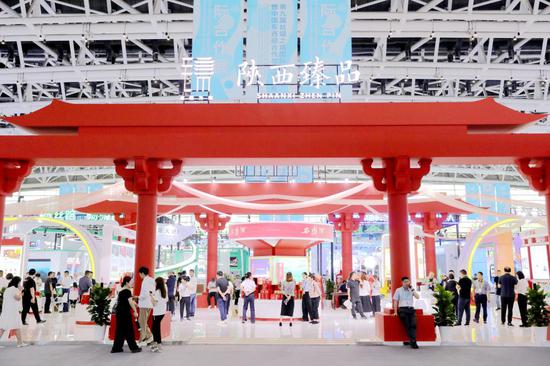









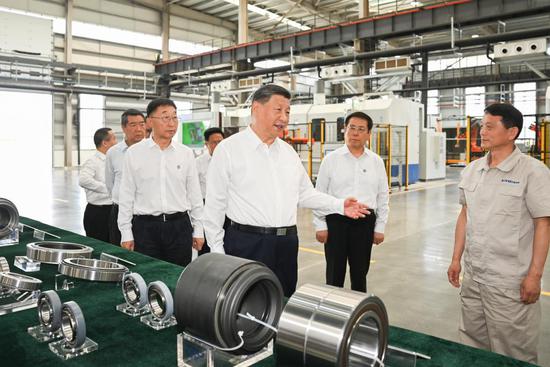

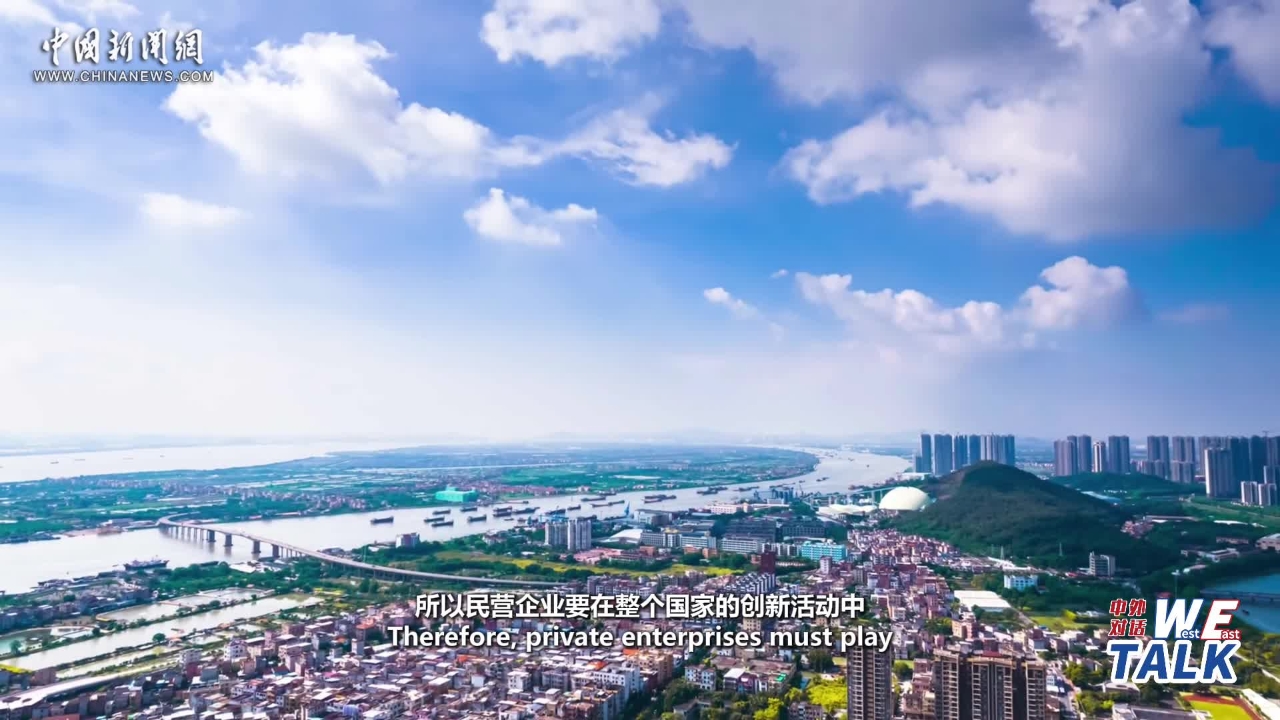

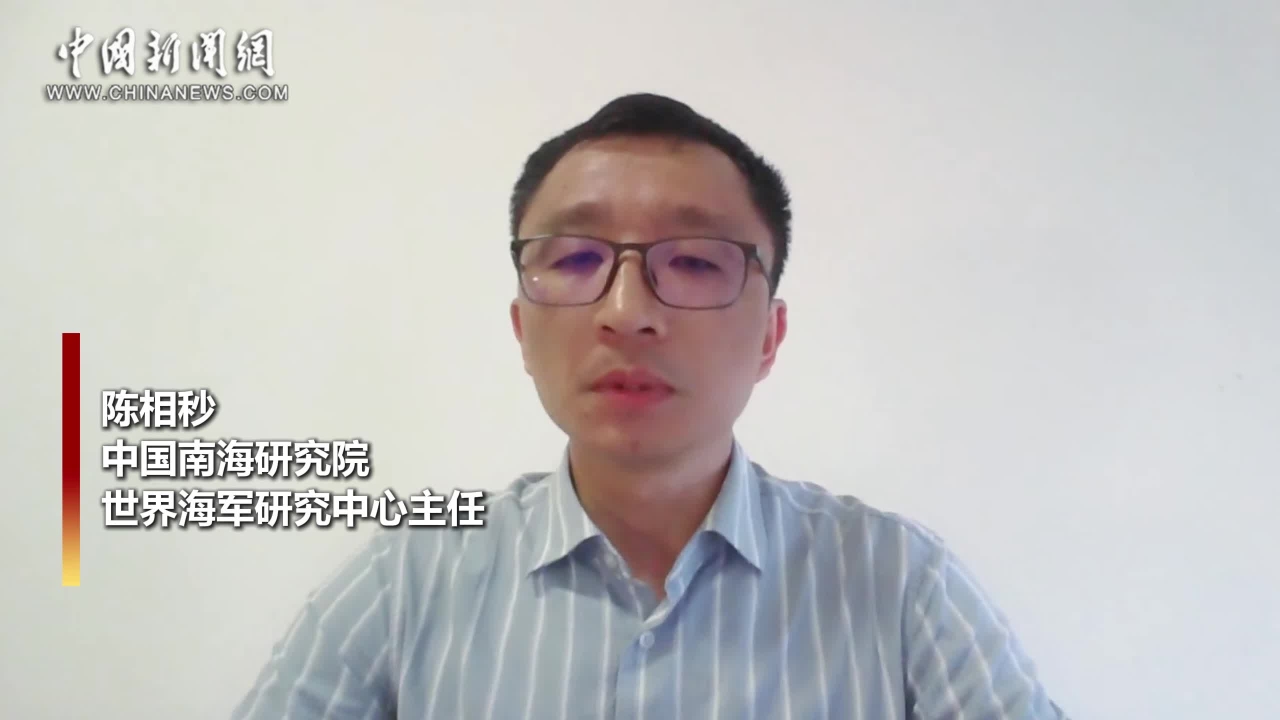

 京公網安備 11010202009201號
京公網安備 11010202009201號